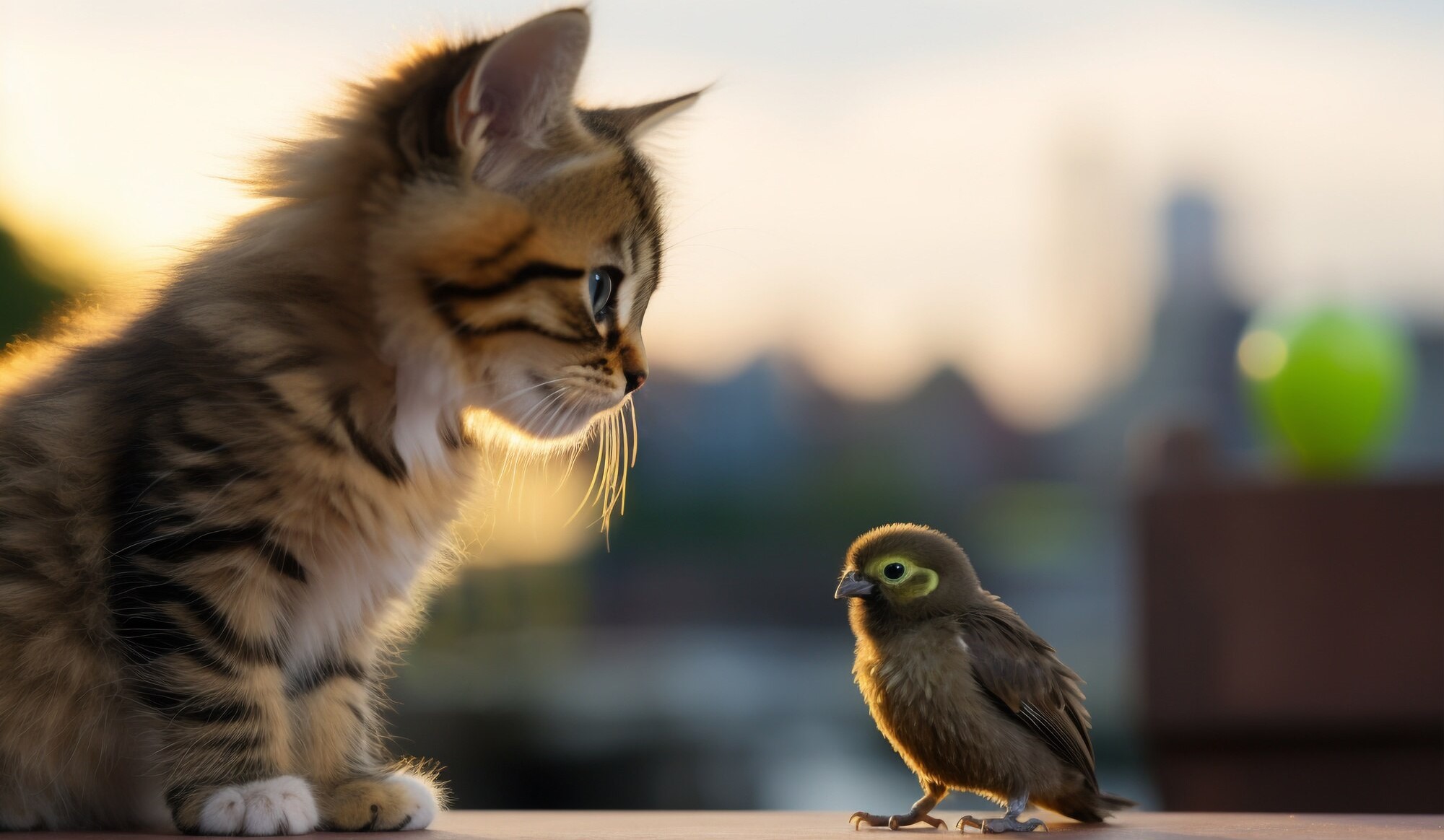We’ve all heard it— that peculiar chattering sound cats make while watching birds. Why does your fluffy friend do that? It’s more than just a quirky behavior; it reveals fascinating aspects of feline mechanics and emotions. Let’s delve into this whimsical yet riveting world of cats and their bird-chattering habits, backed by real science and surprising insights!
The Enigmatic Cat Chatter: What Is It?

Cats are known for making a strange, rapid clicking sound, usually directed at birds outside the window. This is called ‘chattering,’ and it’s more than just an expression of kitty excitement.
Experts believe it’s a mix of frustration and predatory instinct, akin to a lion’s roar but much cuter. Is your kitty plotting world domination? Probably not, but it’s a fascinating instinct nonetheless.
Purrplexing Theories
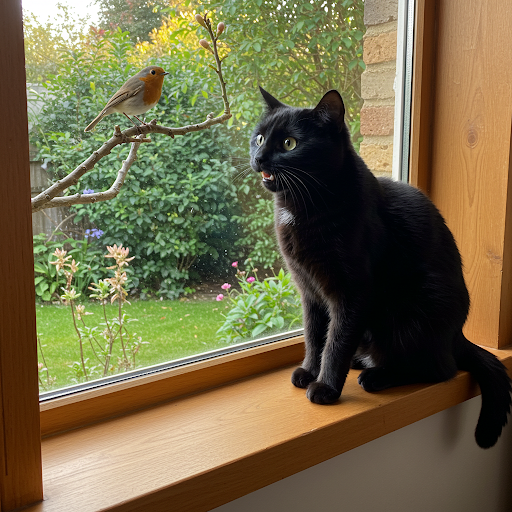
There are several theories about why cats chatter at birds. Some animal behaviorists suggest it’s a form of natural mimicry — an attempt to ‘speak’ bird language. Imagine your cat as a mini James Bond, trying to infiltrate bird society.
Others propose it’s an involuntary reflex, a feline’s way of keeping its jaw sharp for the hunt.
Narrating Nature: Story of the Predator
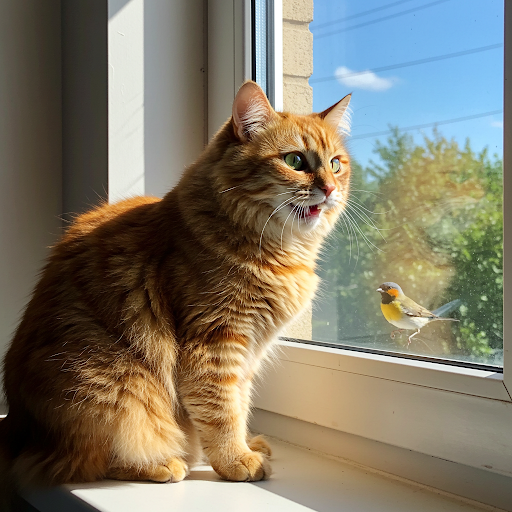
Imagine a jungle where a stealthy predator lurks, silently observing its prey — sounds intense, right? Your living room’s no savannah, but in this story, the protagonist is none other than your fluffy pal! The chattering cat embodies the ancient ‘hunter’ within, preserving these instincts despite centuries of domestication.
Next time your kitty chatters, acknowledge their inner tiger!
The Science Behind the Sound
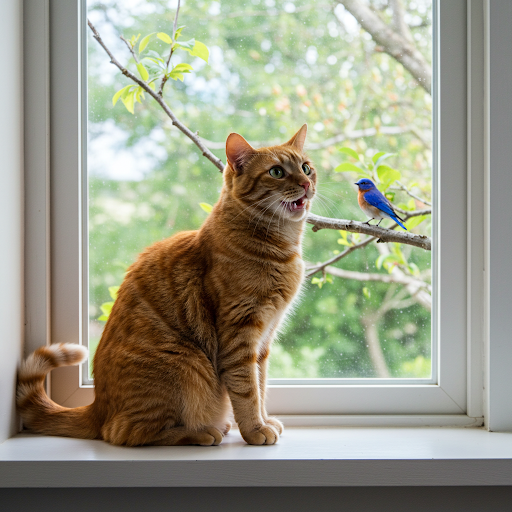
Research in feline vocalization suggests that chattering might also relate to muscle memory—cats replicate the ‘killing bite,’ using jaw movements similar to when they catch prey. It’s a muscle-exercise akin to us cracking our knuckles before a big task.
Studies indicate this reflex is well-ingrained, likely a byproduct of evolution.
Linking Chattering to Feline Emotions
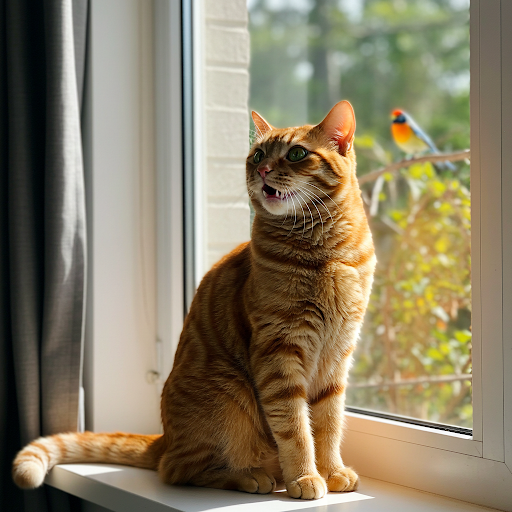
Is it just physical, or is there an emotional element too? Some cat owners notice their pets seem to chatter more enthusiastically on sunny days when activity outside intensifies. This could link to excitement or frustration, as they can’t fulfill their predator instincts.
It’s a little like the feeling you get watching a great basketball game but being stuck on the sidelines!
Cat Communication: Beyond Purrs and Meows

Cats communicate with an entire symphony of sounds apart from meows, including purrs, hisses, and chirps. Chattering is just another instrument in this orchestra, hinting at a complex and rich communication style more akin to poetry than prose.
These vocalizations may not be decipherable to us, but they’re a vital part of cat communication.
Chatter in Context: Comparing to Big Cats
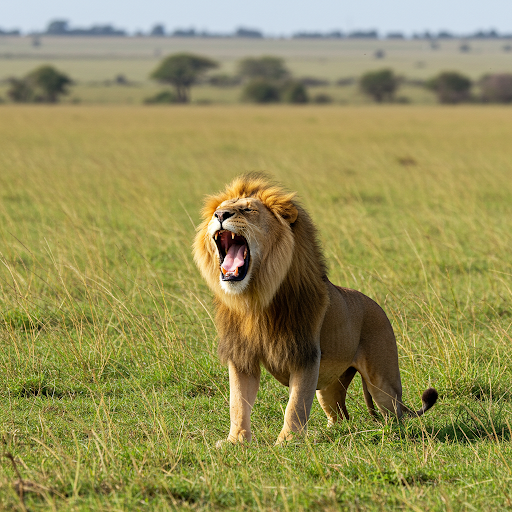
While our domestic cats may not have the roar of their bigger, wild counterparts, they preserve this trait through chattering. Researchers have found parallels in terms of the emotion and tension behind this behavior in both big cats and their domestic relatives.
Cat Fans: Your Feline Might Be ‘Stanning’
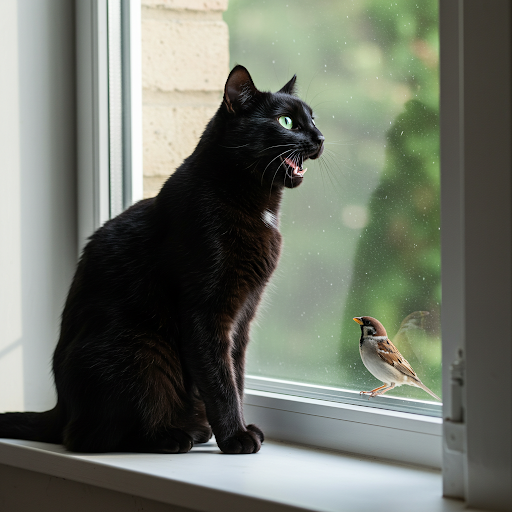
Could it be that cats are our very own superfans? Some experts suggest chattering might communicate bewilderment or admiration toward birds, similar to how we mimic our favorite celebrity traits.
The phenomena aren’t scientifically verified but offer a playful insight into the bonds humans imagine with their kitties.
Debunking Myths: Chattering and Aggression
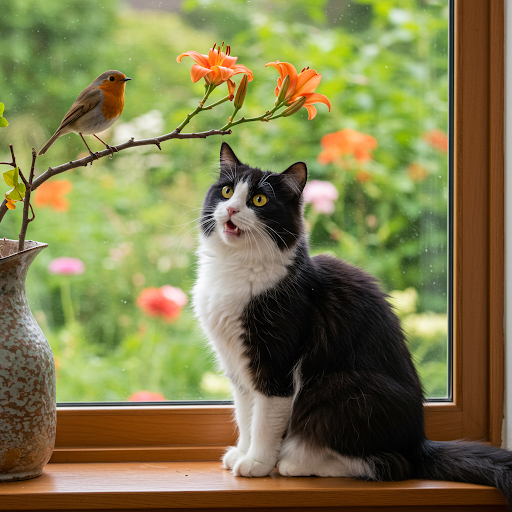
Surprisingly, chattering often gets misinterpreted as aggression, but more specialists acknowledge it as a sign of overstimulation rather than hostility. Think of it like a kid too excited at a candy shop — hyper, not harmful.
Understanding this helps frame chattering in the context of enrichment, not danger.
Environmental Enrichment Tips

To satisfy their natural instincts, consider window perches for prime bird-viewing, or DVDs with bird footage. Gift them toys mimicking birds to chew, providing extra enrichment and channeling their instincts playfully.
Tuning into nature sounds on YouTube can also act as an audible treat!
Knowing Your Cat: Chattering as a Cue
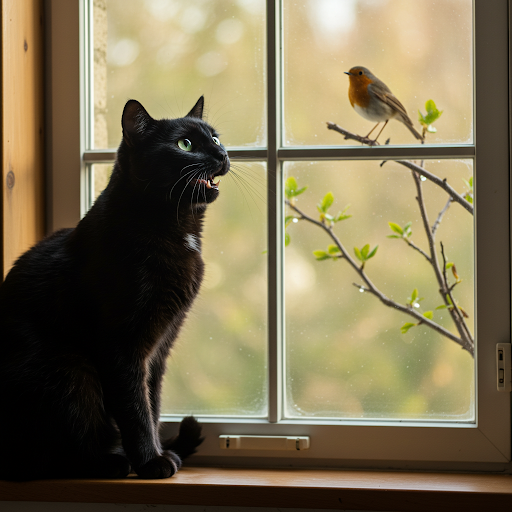
Your cat’s chattering could be speaking volumes about its health. Changes in vocal patterns can hint at underlying issues. While it’s not a definitive symptom, a sudden drop or surge in chattering calls for keeping an ear out!
Social Cats: Chattering as Play Time!
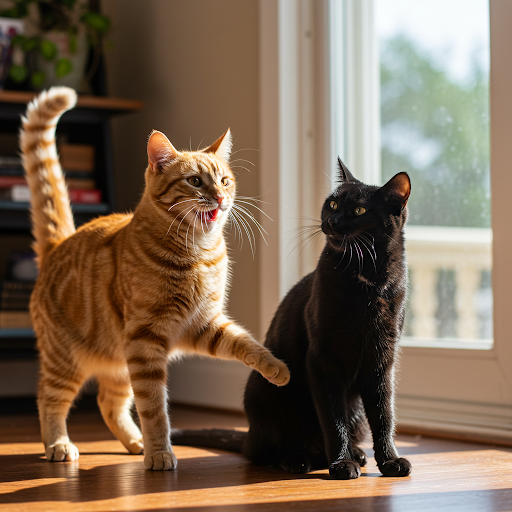
Chattering fits into the playtime agenda, even if indirectly. Cats can become ecstatic with interactions, and chattering enhances socialization. Playdate with other cats can unravel the ultimate cat band concert, filled with chirps, purrrs, and chatter!
It’s a reminder of the important sociable side our independent pets cherish behind the scenes.
Incorporating Chatter into Training
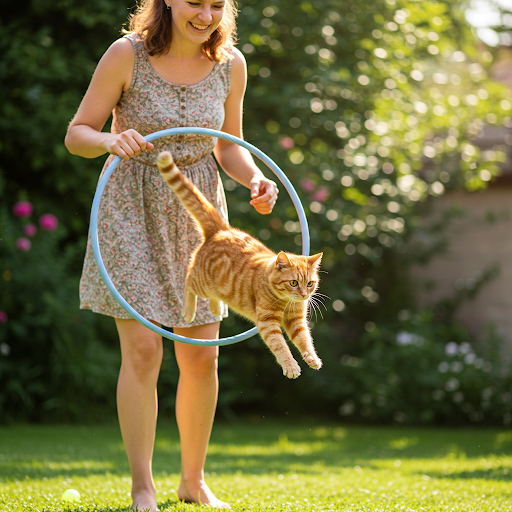
Yes, you heard it right! Chattering can be encouraged or discouraged using reinforcement techniques typically found in training manuals. Harnassing this instinct can open doors to mastering commands, as innovative cats delight in rewards.
The Delightful Soundtrack
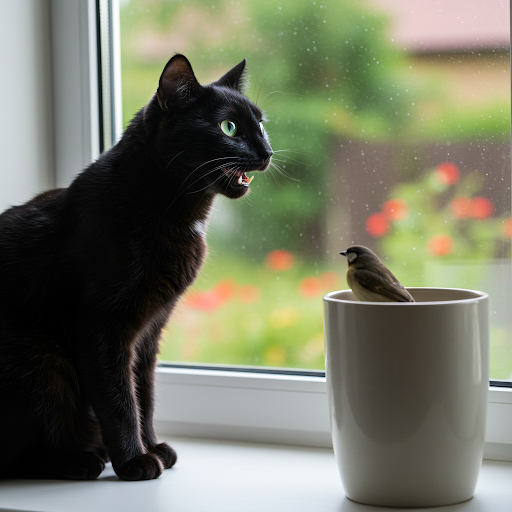
Whether it’s soothing or amusing, cats provide a daily delightful soundtrack, their chatter a highlight. Cherish these moments, value the vocal twists they add in life’s song! Listen closely; the feline symphony has layers yet unveiled.

